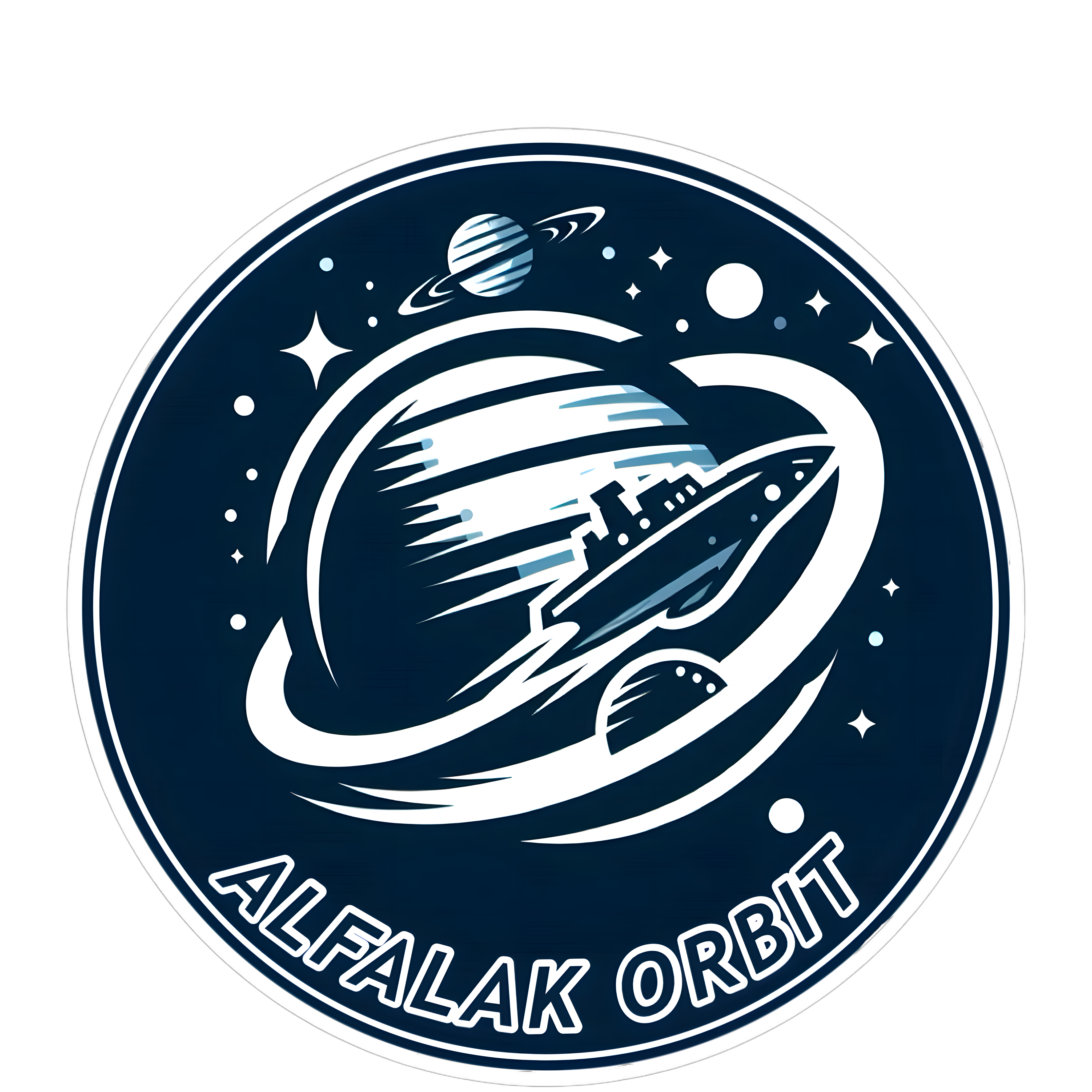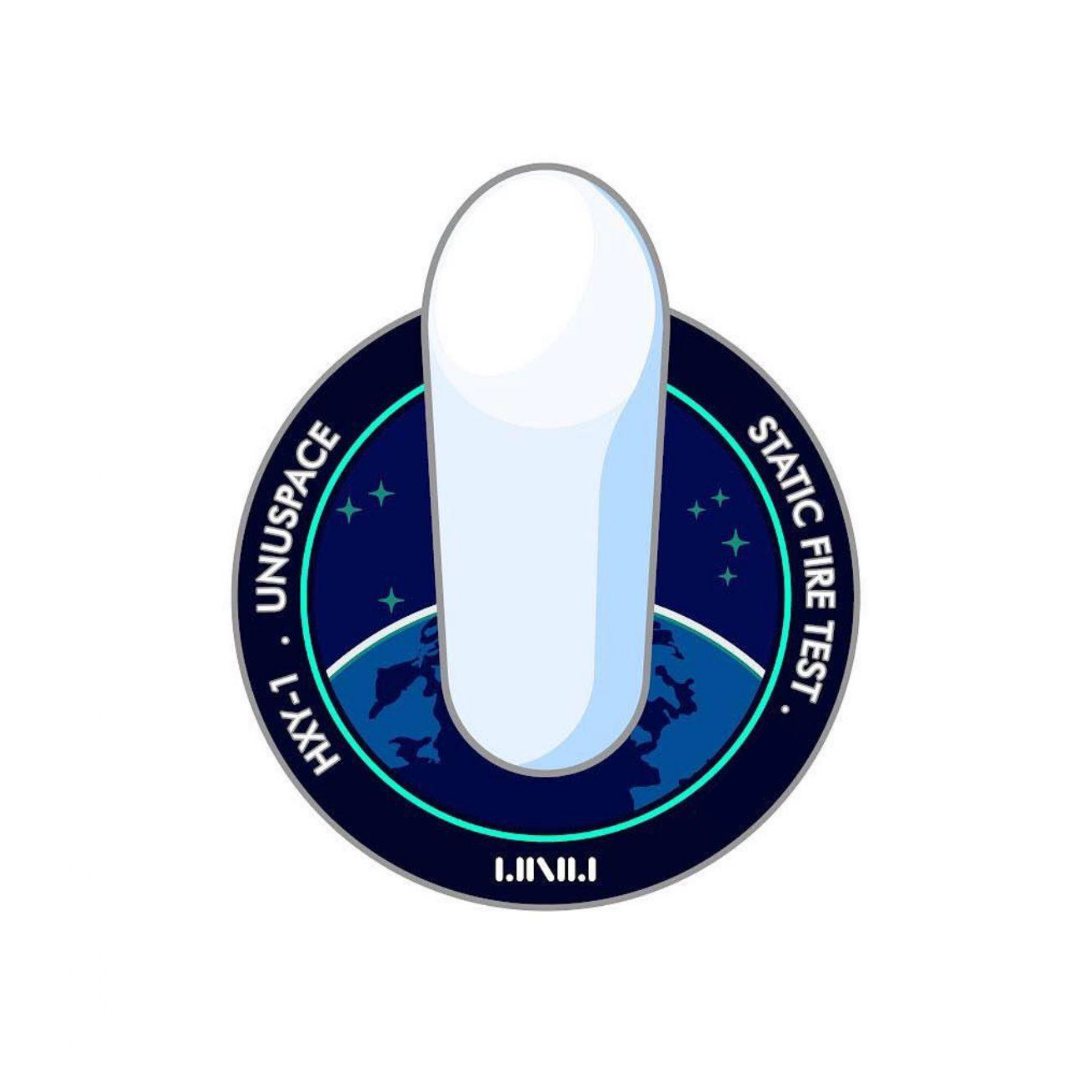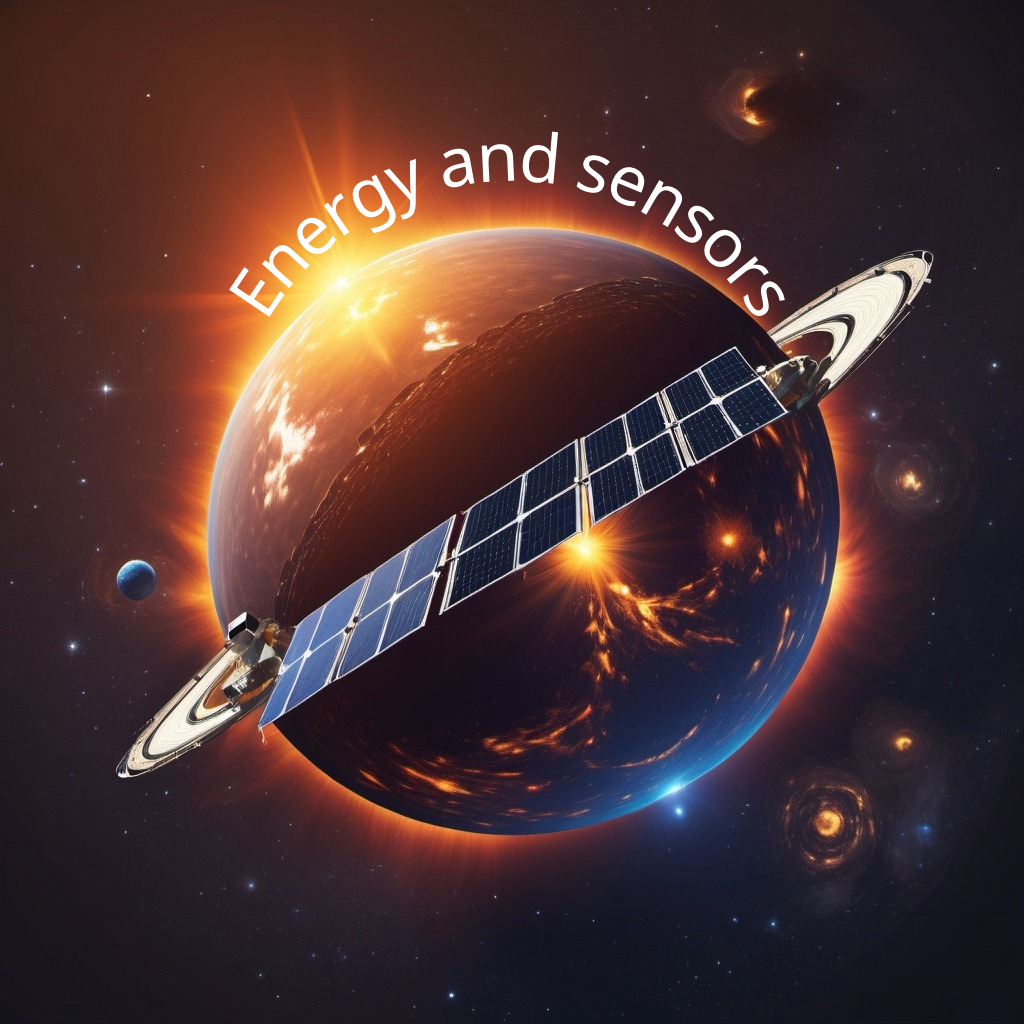Background
Since 1995, thousands of planets orbiting stars other than our Sun (exoplanets) have been discovered. Most of these exoplanets are gas giants that orbit very close to their stars. Exoplanets have been discovered mainly using indirect methods, e.g., by measuring the effect that they have on their host stars. Since an exoplanet’s signal is so small compared to that of its star, it has been extremely difficult to identify exoplanets directly. HWO is an upcoming Great Observatory concept that NASA is developing to directly image exoplanets and expand our knowledge of these Earth-like bodies. When planning for this next-generation mission, it is helpful to understand how the instrument parameters can impact the physical parameters that we can explore.
One way of doing so is to visualize which of the currently known exoplanets could be observed by HWO for further characterization. In particular, two key parameters will define the ability of HWO to characterize an exoplanet: 1) the distance to the exoplanetary system—the further the distance to the exoplanet, the fainter and closer to its host star it appears; and 2) the diameter of the HWO telescope—a bigger telescope allows us to better separate the exoplanet from the star.
Objectives
Your challenge is to develop an app to visualize in 3D the observational paths to the known exoplanets as a function of their potential for characterization by HWO. A currently updated list of the known exoplanets is stored in the NASA Exoplanet Archive. Think about how your app could show which of these exoplanets could be detectable by HWO and how many more could be observable by changing one or more of the HWO instrument and telescope parameters. Your app could show observatory stakeholders the potential performance of HWO!
Your app could explore the general space of parameters, focus on varying a specific parameter, or even show the different populations of exoplanets that are easier or harder to characterize based on their orbit around the star, the stellar class of their host star, etc. You could create an interactive app and/or develop some kind of feature to easily visualize the most promising and the “stretch goal” candidates for HWO to observe.
Potential Considerations
You may (but are not required to) consider the following:
For data and resources related to this challenge, refer to the Resources tab at the top of the page. More resources may be added before the hackathon begins.

Bisha
Sep 08, 2024
Navigator for the Habitable Worlds Observatory (HWO): Mapping the Characterizable Exoplanets in our Galaxy
Navigator for the Habitable Worlds Observatory (HWO): Mapping the Characterizable Exoplanets in our Galaxy
موقعنا هو نافذتك إلى الكون، حيث نقوم بتحليل وتبسيط البيانات المعقدة عن الكواكب الخارجية، وعرضها في شكل رسوم بيانية وتفاعلية. يمكنك مقارنة حجم الكوكب، ودرجة حرارته، وجاذبيته بالأرض، وتصور الظروف المناخية المحتملة، بما في ذلك فنحن نقدم أيضاً إحداثيات وموقع الكوكب في السماء، مما يسهل على الباحثين تتبعه ورصده باستخدام التلسكوبات. كما نوفر أدوات متقدمة للباحثين، مثل نماذج المحاكاة التي تعتمد على الذكاء الاصطناعي، لمساعدتهم على فهم تكوين الكواكب وتطورها وما يميزنا هو سهولة تطبيق نظامنا على أي كوكب جديد يتم اكتشافه، مما يجعله أداة قيمة للمجتمع العلمي.

Dhahran
Sep 08, 2024
Navigator for the Habitable Worlds Observatory (HWO): Mapping the Characterizable Exoplanets in our Galaxy
Navigator for the Habitable Worlds Observatory (HWO): Mapping the Characterizable Exoplanets in our Galaxy
اسم المنتج : السكرتير، هي مركبة استكشافية روبوتية منخفضة التكلفة غير مأهولة بالبشرة ، تعنى باستكشاف الكواكب الاخرى وتستمد طاقتها بطريقة مستدامة .. عن طريق الهواء والماء والشمس اينما توفرت. والغاية هي استكشاف الكواكب والاقمار المجاورة وارسال بيانات للارض من خلال مجموعة من المركبات الاستكشافية منخفضة التكلفة (السكرتير). وللاستفادة من موارد الاجرام الاخرى تقوم المركبة خفيفة الوزن بتحميل العناصر المفيدة لارضنا.

Riyadh
Sep 08, 2024
Navigator for the Habitable Worlds Observatory (HWO): Mapping the Characterizable Exoplanets in our Galaxy
Navigator for the Habitable Worlds Observatory (HWO): Mapping the Characterizable Exoplanets in our Galaxy
تطوير مرصد فضائي متعدد المستشعرات يعتمد على الطاقة الشمسية، يهدف إلى مراقبة الأحداث الكونية والتغيرات البيئية الأرضية بشكل متقدم. سيتم تزويد المرصد بمجموعة متنوعة من المستشعرات القادرة على رصد الانفجارات الكونية، مثل انفجارات النجوم (السوبرنوفا)، وانفجارات أشعة جاما، بالإضافة إلى الأحداث التي قد تكون ذات تأثير على الأرض مثل انفجارات النيازك والانفجارات النووية.
Our team needs 2 membersRequest to Join the Team |